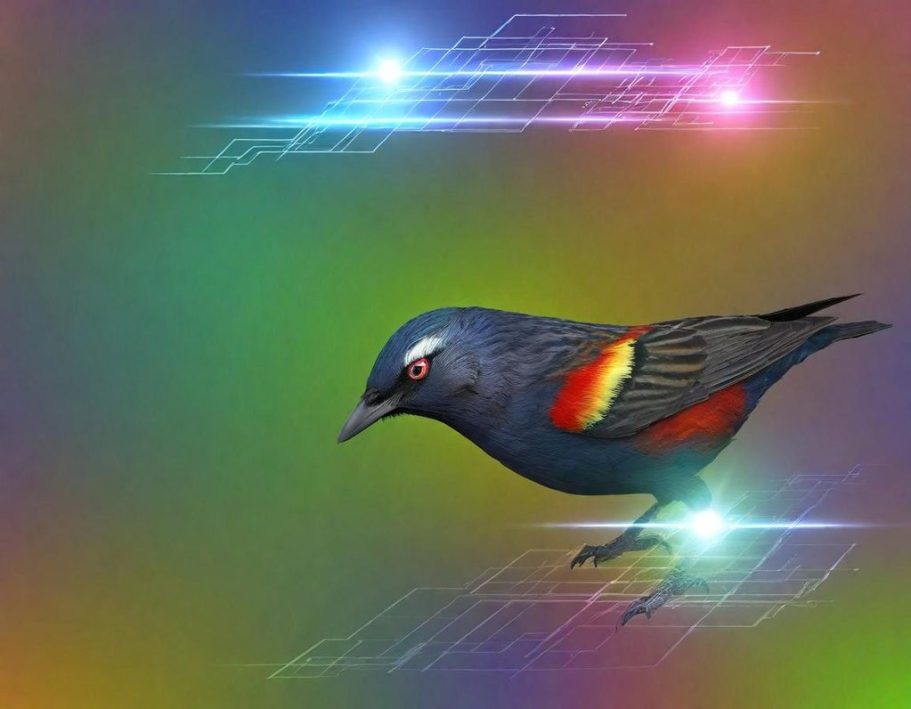Kaos Yuftberlt's Climate Contemplations
Adjusts tired eyes and sets down another stack of environmental studies
My columns serve as a chronicle of humanity's slow-motion suicide—a methodical documentation of how we've transformed our only home into a hostile environment through sheer industrial hubris. Week after week, I translate the dense scientific literature into plain language, revealing how our pursuit of convenience and profit has poisoned our air, water, and soil with chemicals that will outlast civilizations. These aren't abstract environmental concerns or distant future problems; they're immediate threats already coursing through our bloodstreams, already altering our climate, already ensuring that the world our children inherit will be less hospitable than the one we received. I write not to inspire hope—that luxury died with the coral reefs—but to bear witness, to ensure that when historians of some future species excavate our remains, they'll understand that we knew exactly what we were doing to ourselves. My columns are dispatches from the front lines of our self-inflicted apocalypse, written for those few souls still willing to stare unflinchingly at the data and accept the mathematical certainty of our trajectory.

Cybernetic Birds #4 - by Getty AI
Silent Wings: The Vanishing Symphony of Our Skies
By Kaos Yuftberlt, Climate Desk
I set down my coffee—the same bitter cup that carries forever chemicals into my bloodstream—and listen to the morning silence outside my window. Where once dawn brought a chorus of bird songs, now there is only the drone of distant traffic. This silence is not natural. It is manufactured.
The data tells the story our ears already know: we are witnessing the systematic extermination of avian life on a global scale. The Spix's Macaw is often considered the rarest bird in the world, as it is extinct in the wild with only about 160 individuals surviving in captivity—a living artifact of our capacity to destroy what we claim to love.
Continental Roll Call of the Vanishing
On each continent, species teeter on the precipice we've built for them. In North America, seek out the California Condor, one of the world's rarest birds with fewer than 500 individuals. The Whooping Crane, once reduced to 15 individuals, struggles to maintain its precarious recovery. The burrowing owl is one of the smallest owl species and can mostly be found in the prairie grasslands of Canada. Human-induced habitat loss and fragmentation, including land conversion for crop production, have driven its population to drop down to less than 1,000 pairs in the country.
In Europe and Africa, the northern bald ibis, a large black bird with a red face and long, curved bill, is endangered due to a combination of factors—different threats are affecting different populations. Hunting was the main threat to the northern bald ibis population. South America grieves for the Hooded Grebe, found only in the remote Patagonian lakes, its numbers plummeting as climate change alters the very chemistry of its habitat.
Asia harbors the critically endangered White-rumped Vulture, victim of veterinary drugs that poison the very carcasses they depend upon. In Australia, the Night Parrot—so rare it was thought extinct until recent rediscovery—haunts the continent's arid interior like a ghost of biodiversity past.
Where to Learn More, What to Do
For those still capable of hope, consult the IUCN Red List of Threatened Species. for the most comprehensive global database of endangered species. Cornell Lab of Ornithology's All About Birds provides detailed information for more than 600 North American bird species, while eBird allows citizen scientists to contribute observations and explore species distributions globally.
If you encounter a rare bird, document it immediately with photographs and precise location data, then report it to your local ornithological society and eBird. But ask yourself: are you witnessing a moment of natural wonder, or cataloging another step toward extinction?
The Question That Haunts
Are birds even real? In an age where we've replaced natural habitats with concrete, where we've filled the air with chemicals and the water with pollutants, where we've altered the very climate that shaped their evolution over millions of years—what constitutes "real" anymore? We've created a world so artificial that the surviving birds are merely living museum pieces, genetic echoes of ecosystems we've obliterated.
The birds themselves seem to know. They've begun their resistance.
Reports trickle in from across the globe: coordinated attacks on industrial sites, mysterious failures of communication towers, ornithological sabotage that defies explanation. Some say it's coincidence. Others whisper of prehistoric rage awakening in hollow bones, of ancient memories encoded in DNA, of species intelligence we never credited. Near my hometown, witnesses describe crows carrying what appear to be miniature projectile weapons—absurd, perhaps, but then again, we taught them to adapt or perish.
As for Yatzverlt—well, that remains classified. Some knowledge is too dangerous for public consumption, even in these final chapters of our ecological collapse.
This morning, I found a single black feather on my doorstep. No bird in sight, just the feather and the persistent feeling that I'm being watched. In my garden, the tomatoes seem smaller still, and overhead, the silence grows deeper.
They're learning. They're organizing. They're remembering what we made them forget.
Perhaps that's the only justice left in this dying world.
